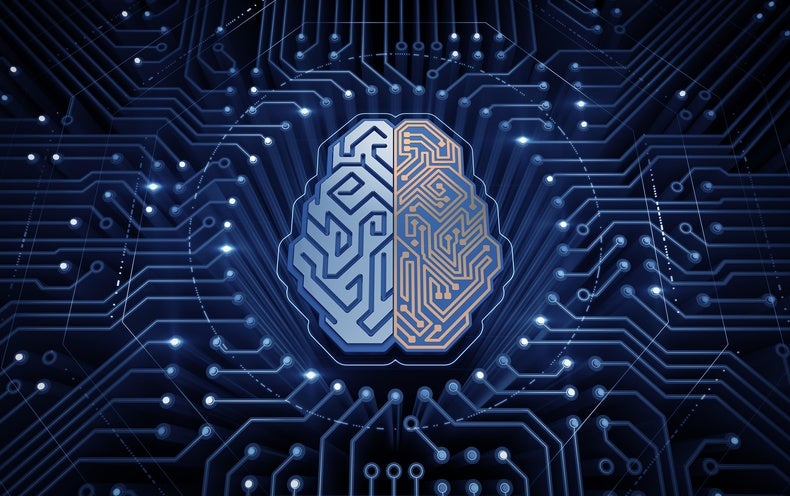[vc_row][vc_column][vc_column_text]
TEAM 1 DESCRIPTION
The various sub-fields of AI research are centered around particular goals and the use of particular tools. The traditional goals of AI research include reasoning, knowledge representation, planning, learning, natural language processing, perception and the ability to move and manipulate objects.[d] General intelligence (the ability to solve an arbitrary problem) is among the field's long-term goals.[12] To solve these problems, AI researchers use versions of search and mathematical optimization, formal logic, artificial neural networks, and methods based on statistics, probability and economics. AI also draws upon computer science, psychology, linguistics, philosophy, and many other fields.
We propose a Cloud-enabled framework for Collaborative Design and Development of Personalised Products and Services, combining embedded (Internet of things paradigm) and mobile devices with facilities for joint open development of enabling downloadable applications.
DETAILS
[/vc_column_text][/vc_column][/vc_row]
[vc_row][vc_column][vc_column_text]
TEAM 2 DESCRIPTION
Faster computers, algorithmic improvements, and access to large amounts of data enabled advances in machine learning and perception; data-hungry deep learning methods started to dominate accuracy benchmarks around 2012.[38] According to Bloomberg's Jack Clark, 2015 was a landmark year for artificial intelligence, with the number of software projects that use AI within Google increased from a "sporadic usage" in 2012 to more than 2,700 projects. Clark also presents factual data indicating the improvements of AI since 2012 supported by lower error rates in image processing tasks.[39] He attributes this to an increase in affordable neural networks, due to a rise in cloud computing infrastructure and to an increase in research tools and datasets.[10] In a 2017 survey, one in five companies reported they had "incorporated AI in some offerings or processes
A customized firmware for energy-efficient data acquisition, in addition to a selection of low-power components extends the autonomous operation time compared to traditional approaches.The mobile application provides:
- Real time estimation of hip and knee joint angles with visualization
- Detection of eccentric(downward) and concentric(upward) phases of squat
- Counting the repetitions with visual and audio feedback
for more information please contact Sarvenaz.Salehi@dfki.de
DETAILS
[/vc_column_text][/vc_column][/vc_row]
[vc_row][vc_column][vc_column_text]
DETAILS
[/vc_column_text][/vc_column][/vc_row]
[vc_row][vc_column][vc_column_text]
DETAILS
[/vc_column_text][/vc_column][/vc_row]
TEAM 1 DESCRIPTION
The various sub-fields of AI research are centered around particular goals and the use of particular tools. The traditional goals of AI research include reasoning, knowledge representation, planning, learning, natural language processing, perception and the ability to move and manipulate objects.[d] General intelligence (the ability to solve an arbitrary problem) is among the field's long-term goals.[12] To solve these problems, AI researchers use versions of search and mathematical optimization, formal logic, artificial neural networks, and methods based on statistics, probability and economics. AI also draws upon computer science, psychology, linguistics, philosophy, and many other fields. We propose a Cloud-enabled framework for Collaborative Design and Development of Personalised Products and Services, combining embedded (Internet of things paradigm) and mobile devices with facilities for joint open development of enabling downloadable applications.TEAM 2 DESCRIPTION
Faster computers, algorithmic improvements, and access to large amounts of data enabled advances in machine learning and perception; data-hungry deep learning methods started to dominate accuracy benchmarks around 2012.[38] According to Bloomberg's Jack Clark, 2015 was a landmark year for artificial intelligence, with the number of software projects that use AI within Google increased from a "sporadic usage" in 2012 to more than 2,700 projects. Clark also presents factual data indicating the improvements of AI since 2012 supported by lower error rates in image processing tasks.[39] He attributes this to an increase in affordable neural networks, due to a rise in cloud computing infrastructure and to an increase in research tools and datasets.[10] In a 2017 survey, one in five companies reported they had "incorporated AI in some offerings or processes A customized firmware for energy-efficient data acquisition, in addition to a selection of low-power components extends the autonomous operation time compared to traditional approaches.The mobile application provides:- Real time estimation of hip and knee joint angles with visualization
- Detection of eccentric(downward) and concentric(upward) phases of squat
- Counting the repetitions with visual and audio feedback


